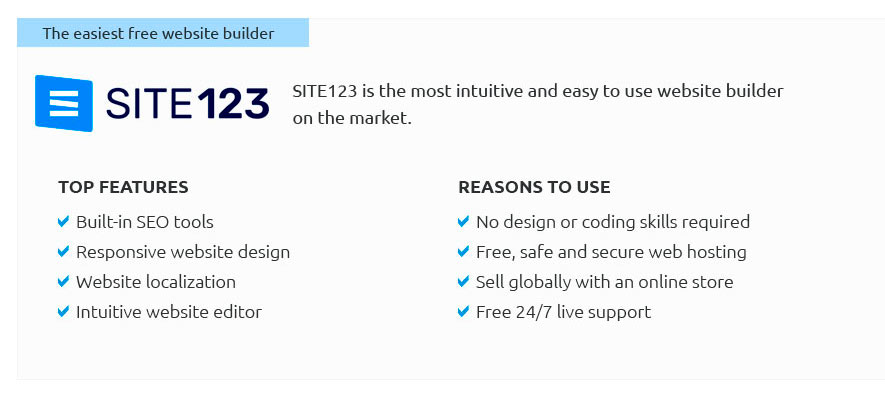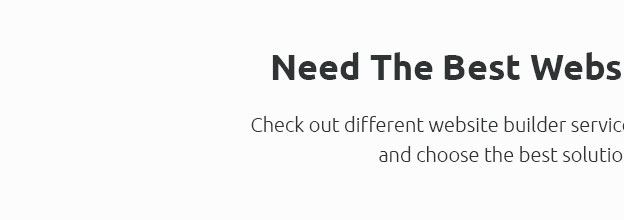 |
 |
 |
 |
|
 |
 |
 |
|
 |
|
 |
 |
|
 |
|
 |
|
 |
 |
How to Set Up a Website: A Comprehensive GuideSetting up a website can feel daunting, especially if you're new to the digital realm. However, with the right guidance, the process can be not only manageable but also incredibly rewarding. Here, I will walk you through the essential steps to establish your own website, weaving in some personal insights along the way to enrich your understanding. Choosing a Domain NameThe first step in creating your online presence is selecting a domain name. This is essentially your website's address on the internet, so it's important to choose something that is both memorable and relevant to your content. When brainstorming, try to keep it concise and easy to spell. Remember, the ideal domain name should hint at your site's purpose or brand. If you're lucky enough to find your perfect name available, snag it immediately! Selecting a Web Hosting ServiceAfter securing your domain, the next step is to choose a web hosting service. Think of web hosting as renting space on the internet for your website. There are myriad options available, from budget-friendly shared hosting to more robust dedicated servers. While shared hosting is sufficient for most beginners, those expecting heavy traffic might consider more premium options. It's worth investing time to research and read reviews before committing, as your hosting service can significantly impact your site's performance. Designing Your WebsiteWith your domain and hosting squared away, it's time to dive into the creative part-designing your website. Most web hosts offer easy-to-use website builders with drag-and-drop features, making the design process accessible even to novices. However, if you're feeling adventurous or need a more customized layout, learning some basic HTML and CSS can be incredibly useful. In my experience, striking a balance between aesthetics and functionality is key. Ensure your site is visually appealing but also easy to navigate. Installing Necessary PluginsPlugins can enhance your website's functionality without requiring extensive coding knowledge. Whether you're using WordPress or another platform, there are plugins available for SEO optimization, security enhancements, and social media integration, among others. Be cautious, however, not to overload your site with plugins, as this can slow down performance. Creating Quality ContentContent is the heart of your website. It's what will attract visitors and keep them coming back. Focus on producing high-quality, relevant content that resonates with your target audience. Regular updates and new posts can improve your search engine rankings and establish your site as a reliable source of information. Optimizing for Search EnginesSearch Engine Optimization (SEO) is crucial for increasing your website's visibility. Use keywords strategically within your content, and don't neglect meta descriptions and alt text for images. Many find SEO intimidating, but starting with the basics can yield significant improvements in your site's traffic. ConclusionCreating a website is a journey that begins with a single click but requires ongoing effort and learning. While the initial setup is crucial, maintaining and updating your site is equally important. Embrace the process, and don't shy away from seeking help or exploring new tools. The digital landscape is ever-evolving, and staying informed can help you adapt and thrive. With dedication and creativity, your website can become a powerful platform for expression, business, or community building. Ultimately, the possibilities are as limitless as your imagination. https://www.godaddy.com/resources/skills/how-to-start-a-website-from-a-to-z
1. Decide on the purpose of your website. Like any large project, building a website from scratch starts with thoughtful website planning. https://www.forbes.com/advisor/business/how-to-make-a-website-for-your-business/
Home. Often called a landing page, this is the first page visitors see of your website. About Us. Tells the story of your company. Make the ... https://www.reddit.com/r/AskProgramming/comments/1am1x8q/how_to_have_my_own_website/
You need a host. A host is a server or shared server where your website lives, you can go easy and use wix where everything is setup and ready to go in seconds.
|